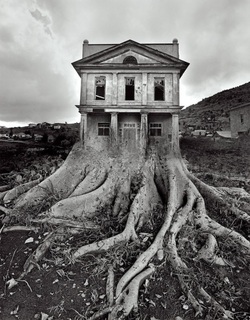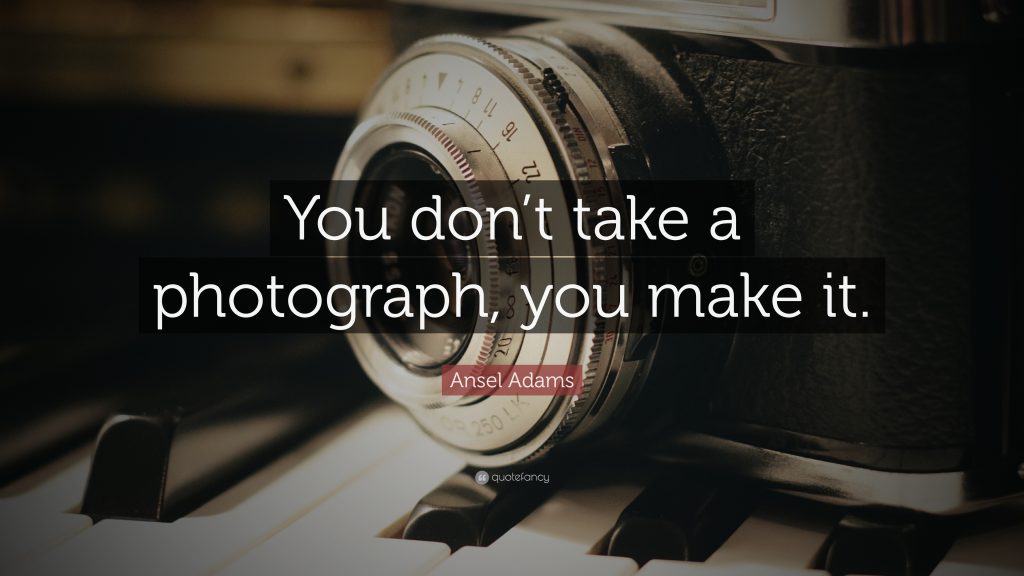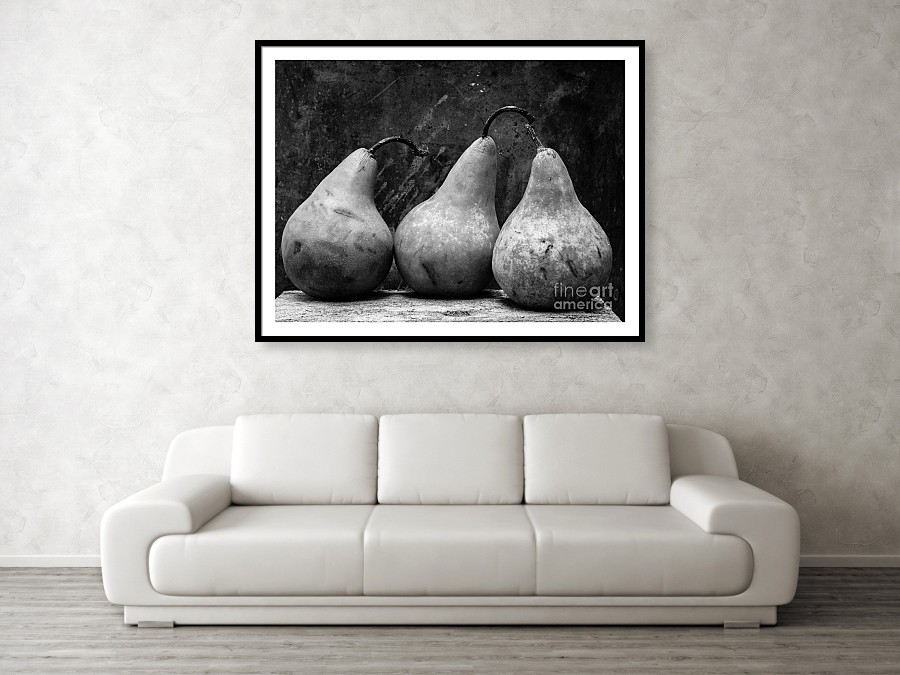I create fine art photography. My fine art photography is purposely created to end up as fine art. The works sole intention is to exist for itself as art. It’s not created on commission such as a portrait and it’s not designed to sell something like commercial product photography or real estate photography. It’s not designed to document an event like photojournalism or event photography.
Painters don’t have this problem but for some
Fine art photography is simply the use of the medium – photography for artistic purposes. Fine art photography is not limited to a style, a subject or black and white, or photos of levitating women. What makes the photography fine art is the intent of the artist using the camera to create art. Fine art photography is created with intent.

I’ve seen several blog posts buy clueless authors trying to define fine art photography as a certain color curve or the use of a certain type of camera or even the subject. Some even propose that only composite Photoshop works to be fine art. Others seem to only consider black and white photographs of the curves on a woman’s body to be fine art.

It’s like they have no clue about the history of photography as an artistic medium going all the way back to the beginning with the Pictorialist and continuing through the history of photography with artists as diverse as Ansel Adams, Cindy Sherman, Alfred Stiglitz, Gregory Crewdson, Diane Arbus, Sally Mann etc.

Spend a little time in museums, galleries, the library and you’ll find fine art photography in all kinds of forms from carefully lit black and white nudes to still life photography to street photography.

Like any pursuit in the fine arts, it comes down to artistic vision. The artist has a preconceived idea of what they want to express and then created the image that expresses that idea.
The idea can be as simple (or complex) as “beauty” or it can be a complex conceptual idea such as modern consumerism but the point is the artist has put in thought behind the image and has demonstrated the skill set to pull it off.
Fine art should be able to stand up to critique. The creator of the piece should be able to explain everything about the image. What attracted them to the subject, what they were trying to convey, why they made choices to include or exclude certain elements, why certain cameras or lenses were used, why they choose the camera setting they did, why they processed the image the way they did. The answers might not be of art school level but the artist should be able to explain something more than the work was a happy accident or a lucky shot.
The surest way to judge fine art photography is to see a body of work. Consistent results, working within a theme over time shows the seriousness of the artists and the way they approach their work.
Personal preferences come in to play when the viewer judges for themselves what fine art photography is or isn’t. For some it’s landscapes or street photography or carefully created studio shots or wildlife photographs or highly manipulated Photoshop composites but what these photographs all have in common is that they are created with the intent and vision of the artist and they are presented as art.
